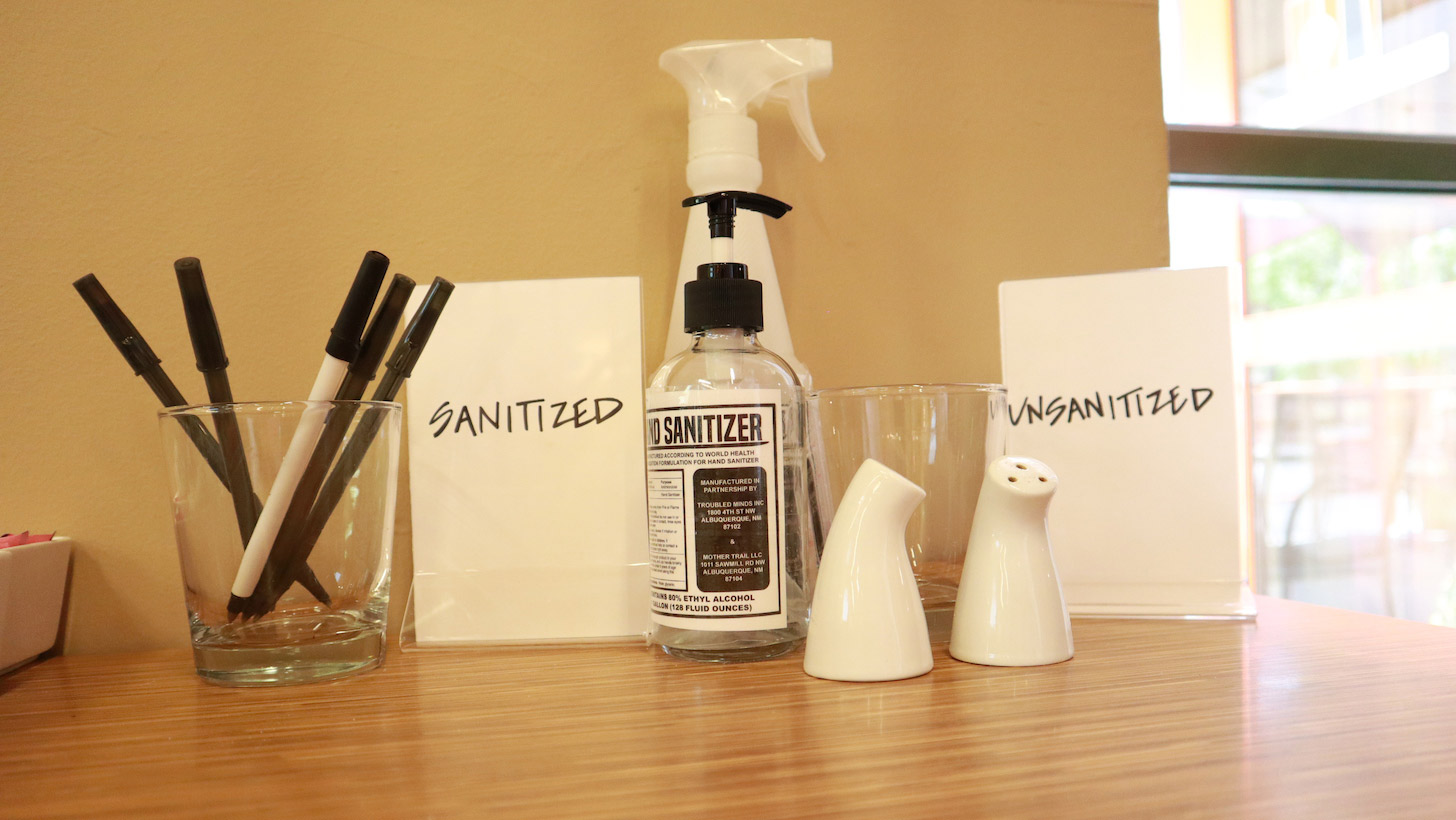Food For Thought: Service Industry Faces More Challenges During The Pandemic
It Takes Two To Tango To Make Restaurant Service Function


Jarrad Wilson, masked and gloved, drops off food at a table at Slate Street Cafe.
Dan Pennington








